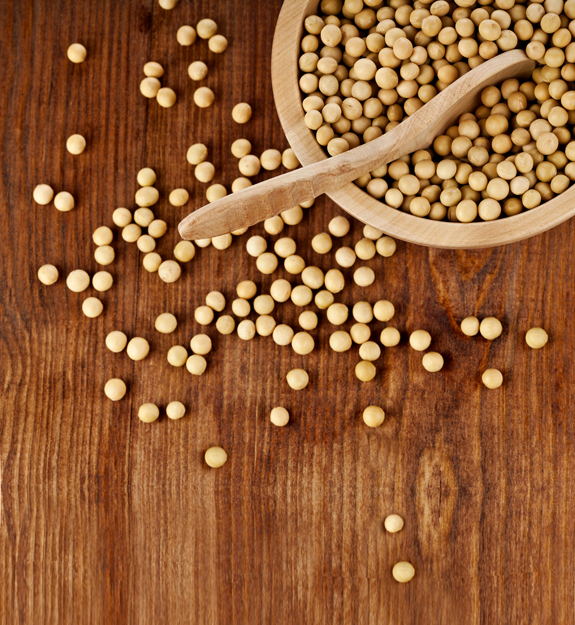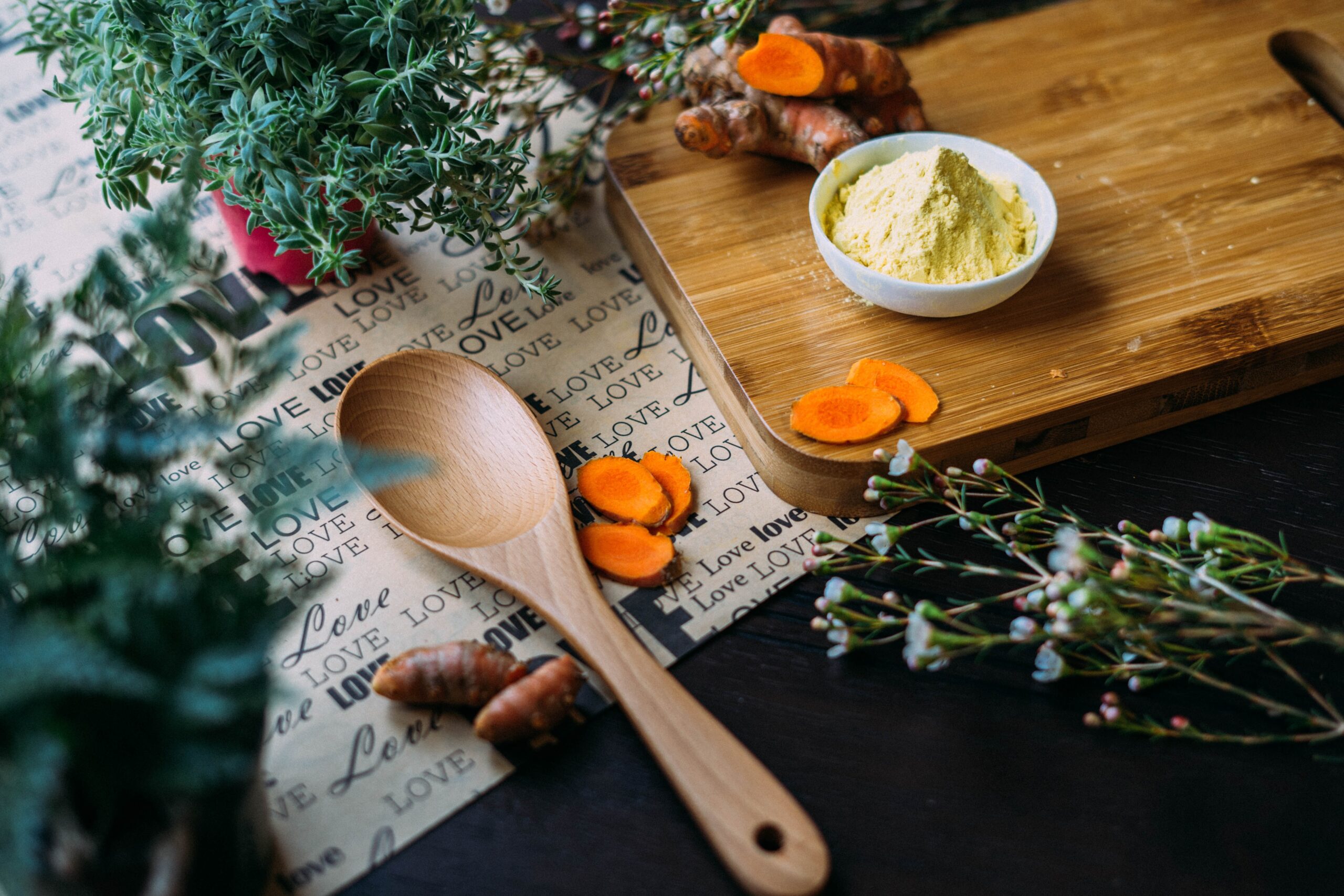Unless you take great care to avoid it, you’ll almost certainly eat something containing soy today. Questions about soy’s safety are becoming relevant to us all
My first encounter with a soya bean was a tentative, slightly embarrassed exploration of a soggy, salty edamame pod in a Japanese restaurant. After watching my more urbane tablemates delicately slide the small beans into their mouths, placing the empty pod to one side, I cautiously followed suit. My companion charged blindly ahead, chewing on the entire stringy, inedible pod for minutes before furtively depositing the fibrous mess into a napkin. This kind of socially awkward scenario is the closest that many of us come to serious consideration of the humble soya bean. But this little green legume has become one of the most controversial characters in modern nutrition.
Two-thirds of all manufactured foods are currently estimated to contain soy ingredients. A quick survey of my own pantry reveals that if today was a lazy day in my kitchen, I could unwittingly eat something containing soy for every single meal: breakfast (in my cereal), morning tea (a muesli bar), lunch (in my sandwich bread), afternoon snack (rice crackers), dinner (via a package of fresh filled pasta) and a late-night snack (anything chocolate). And because I drink soy milk instead of cow’s milk, I’d be sipping on several mugs of soy-saturated tea in between all that.
We’re eating soy at unprecedented levels, says author John Robbins, whose influential 1987 book Diet for a New America inspired thousands to adopt a vegetarian diet. Back then, soy products were mostly produced as substitutes for meat and dairy foods, aimed at vegetarians and vegans. But the use of soy-derived ingredients in Western foodstuffs has skyrocketed over the past 20 years, partly due to soy’s reputation as a health food.
“It is an experiment, and should be undertaken, if at all, with great humility, watchfulness and caution,” Robbins warns. “Instead, under the influence of an almost mystical belief in soy’s virtues, we’ve tended to fall prey to the illusion … that if a little is good, then surely more must be better.” As soy-derived ingredients become increasingly ubiquitous in our food, people are questioning whether soy is safe to consume with such frequency – or indeed, at all.
To begin asking these questions is to wade into a highly polarised debate, where one side sings the praises of soy the super food, while the other warns that soy is as harmful as asbestos, and accusations of bias and misrepresentation are spat back and forth.
The most vocal participants in the debate often have vested interests. Companies selling soy products have websites that tout soy’s benefits (www.soyfacts.co.nz is run by Sanitarium; www.soy.net.nz by Vitasoy). Seemingly independent sources are accused of receiving funding from the dairy, meat or soy industries. Connections can be traced from the most public anti-soy campaigners to the Weston A. Price Foundation, which advocates a diet high in animal fats. Many other soy critics take information from the Soy Online Service, which was run by New Zealand dairy farmers Richard and Valerie James (the site is now offline, although still accessible via web.archive.org). Most confusingly, credible scientific studies and experts can be found on each side of the debate.
Plenty of research has found that consuming soy reduces the risk of some cancers, particularly breast cancer, and shows a protective effect on the brain. A number of studies-of-studies (known as meta-analyses) bear out these results, although there are a concerning number of studies showing the opposite. Other research suggests that soy can lower high cholesterol, relieve the symptoms of menopause and help build strong bones. Meanwhile, some reputable scientists have raised concerns about soy’s effect on fertility, thyroid function and child health.
Many of these health claims and concerns centre on the high levels of isoflavones found in soya beans. These are a type of phyto-oestrogen, which has a similar effect to the female hormone oestrogen in our bodies, only much weaker. Studies have shown that eating soy can lengthen women’s menstrual cycles, indicating that soy’s isoflavones are readily absorbed by human bodies. However, most experiments have been done on animals, and because phyto-oestrogens are metabolised differently in different species, the results don’t necessarily translate to humans.
More research must be done before we can say for sure what the effects of soy’s isoflavones on our bodies are. It may be that soy can protect against some cancers but increase the growth rate of others. One thing that we know for sure is that the New Zealand Ministry of Health does not recommend soy-based formula for feeding babies, because the concentrations of phyto-oestrogens in infants’ diets and bodies are relatively much greater than for adults.
Determining the role we’d like soy to play in our diets can be surprisingly easy, because despite the passionate arguments for and against soy, ultimately the advice from all corners is strikingly consistent. Eating a varied diet based mostly on whole foods is, as always, a sensible – and convenient – approach. “Diversity protects,” says John Robbins. “For most people under most circumstances, soy products are a healthful addition to a balanced diet that includes plenty of vegetables, whole grains, seeds, nuts, fruits and other legumes.”
There is fairly universal agreement that whole foods are preferable to processed food, making tofu a healthier option than a veggie burger made from textured vegetable protein. Traditionally fermented soy foods such as miso and tempeh are also believed by many nutritionists to be the healthiest way to eat soy, because the long fermenting process decreases its isoflavone content, as well as reducing other phytochemicals that may inhibit the uptake of some vitamins and minerals.
Hawke’s Bay naturopath Eric Bakker says that although he’s unconvinced that all unfermented soy products (such as soy milk, tofu and soy meats) are necessarily bad for your health, he’s concerned by research that says regular consumption is questionable. “Those who regularly consume unfermented soy products need to make an informed decision about its continued use in their diet,” he says. “Tempeh and miso soup are both fermented forms of tofu. This is the healthiest way to eat soy, and you can still enjoy soy sauce, which is mostly water.”
Perhaps one reason why the debate about soy is so passionate is because it touches on wider issues that concern us all. We want to look after the health of our planet, but our family’s health and our personal wellbeing matter as well. We dislike the way food companies use industrial-sounding ingredients in our everyday food, but our lives are busy and we rely on the convenience of basic manufactured foods like bread and cereal.
Thankfully, no one is suggesting that eating a couple of slices of bread made with soy flour or a chocolate bar containing soy lecithin is going to swamp our bodies with oestrogen-like hormones. But it pays to remember that soy is not a dietary essential. As with all foods, it’s a question of moderation. “While soy does have its issues, it’s really all about common sense, balance and moderation, like everything else in life,” says Bakker. Potential risks and benefits aside, avoiding products that contain soy for at least some daily meals or snacks will help ensure you are eating more whole foods, and less packaged and manufactured food, which can only be a good thing.
Super beans
Soy is one of the most commonly genetically modified (GM) crops. More than half of the world’s soy crop is now grown from GM plants. In New Zealand, ingredients must be identified as GM if they contain modified DNA or protein, but the unintentional presence of GM content of up to one percent is allowed. The major brands of soy milk available in New Zealand are manufactured from GM-free soya beans grown in Australia or the USA. However, we also import soy flour and soy meal from Argentina, where 98 percent of the soy crop is GM. Some of this soy meal is used for animal feed. If you wish to avoid any trace of GM soy, choose soy products and meat that have been certified organic, and avoid manufactured products that contain soy derivatives such as soy flour and flavourings.
The dream bean
Per hectare of land, soya beans produce more protein than just about any other crop, making it a cheap source of food both for humans and the animals farmed to feed us. (About 85 percent of the world’s soya bean crops are used to make vegetable oil, with the resulting ‘de-fatted’ soy meal used for animal feed.)
Advances in food technology have isolated soy proteins, which have an almost magical ability to take on any taste and texture. Soy protein (often labelled as hydrolysed or textured vegetable protein) is now used as a low-cost way of ‘extending’ the meat used in processed and fast foods, reducing fat and cholesterol while preserving protein content. Soy flour and soy oil (often labelled simply as vegetable oil) are used in a huge variety of processed foods, and it’s almost impossible to find a bar of chocolate that doesn’t include the emulsifier soy lecithin.
Soy ingredients are embedded in nearly 100 percent of fast food items. An item such as a chicken nugget may have been made from a chicken fed soy meal, its meat extended with soy protein isolate, then fried in soya oil. And it’s not just food that soy is appearing in. Manufacturers have found ways to turn soya beans into plastics, biofuel and even clothing. Soy is used in skincare products for its antioxidant and moisturising properties. Soy candles are a healthier alternative to traditional paraffin candles, which have been found to give off fumes linked to lung cancer and asthma.







